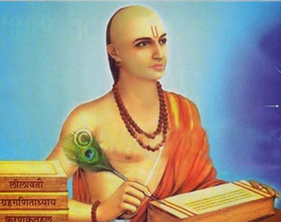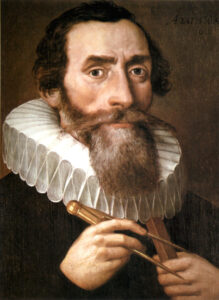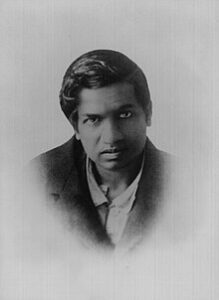Early Life and Education
Bhaskara II, whose full name was Bhaskaracharya, was born around 1114 AD in Vijjadavida, India. He was from a lineage of scholars, with his father, Mahesvara, being a well-known mathematician and astrologer. His father opened his intellectual journey, educating him in mathematics, astronomy, and science. His father’s teachings in these fields were instrumental in Bhaskara’s development as a scholar in these fields.
Significant Works
The most significant works of Bhaskara include the Lilavati and the Bijaganita. The Lilavati is a detailed exposition of several mathematical topics, such as arithmetic, algebra, geometry, and mensuration. The subjects are arranged into 13 chapters, each focusing on specific mathematical problems and their solutions. The treatise was written to spread mathematical knowledge, and Bhaskara’s genius in breaking down complex concepts and presenting them in simplified forms that could be easily understood revolutionized the field.
The Bijaganita focuses mainly on algebraic concepts and techniques. He developed methods for solving equations, and quadratic equations, and even gave methods for indeterminate equations, which laid the foundation for future theories. His genius in this field set a record for how algebra close to modern algebra could be thought.
Contributions to Astronomy
In addition to mathematics, Bhaskara contributed greatly to astronomy through his works. He primarily wrote about planetary motion, eclipses, and celestial phenomena and wrote treatises such as Siddhanta Shiromani and Grahaganita. The most significant achievement of Bhaskara in the field was the calculation of planetary positions, which enabled him to refine the Indian astronomical models and calculation tables. Finally, his computation was used to refine their timekeeping systems which were important for their farming and religious purposes.
Teaching and Legacy
As observed, Bhaskara was a learned person who not only acquired sufficient knowledge but also transmitted it to future generations of pupils. His philosophical ideas about logical reasoning and empirical evidence laid down the basic principles of the scientific method that guide scientific thinking up to today.
Personal Life
Although Bhaskara made significant contributions to mathematics and astronomy, relatively little is known about his life. As discussed in the paper, the available historical records do not disclose much about the mathematician’s family, upbringing, and other aspects of his later life. Nevertheless, good thing that these records allow this paper to show that Bhaskara’s thoughts continue to exist in the writings and ideas of the people he built in the following centuries.
Global Influence
Bhaskara’s impact was not only in India in fact, it was global, and his works inspired mathematicians across the world, including Europe, where several of his works were eventually translated. His theories were the most advanced at the time and continued to inspire scholars in the field and guide their thinking until the present time. His legacy as one of the greatest mathematicians and astronomers of his time has been sealed for decades, and his intellectual endeavors helped to stimulate scientific thoughts to the present period.
Conclusion
Bhaskara II was one of the most prominent Indian mathematicians and astronomers of all time. His contributions had long-term implications for the forms of mathematics and astronomy opera and have been availed by many subsequent scholars in their productions in the two fields. His work radically altered the method of work in both fields.




